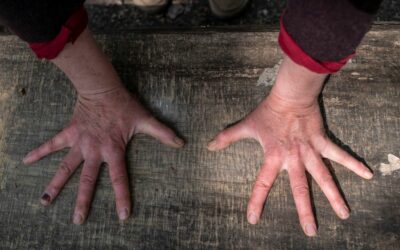Wrens, ropes and rats
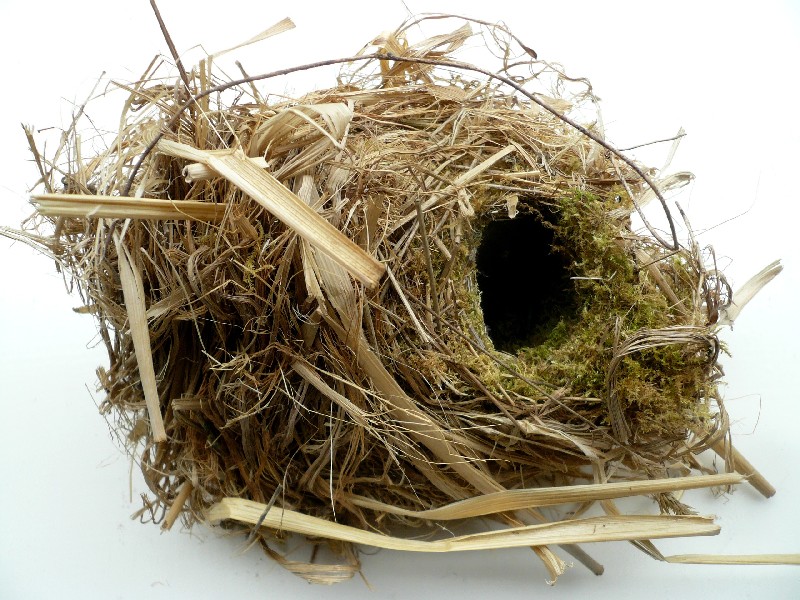
I’ve been looking at nests and ropes as part of my research for the position as artist in residence at Wakehurst Place.
This beautiful wren’s nest, made of grasses, straw and moss was in the roof of the iron age roundhouse at Michelham Priory.
I was first aware of it a couple of summers ago, taking an afternoon rest inside the structure, enjoying the quiet shade, a respite from the hot July day. I was there as part of the East Sussex Archaeology and Museums Partnership team, running our Ancient Crafts summer school. A soft whirring sound alerted me to the comings and goings of the parent wrens, feeding their brood; I could just see tiny open beaks silently poking out of the nest’s small opening.
That winter the roof needed renovating: timbers to be replaced and the whole roof re-thatched with wheat straw. Removing the thatch, the wren’s nest was revealed, nestled between timber and thatch. I carefully took it.
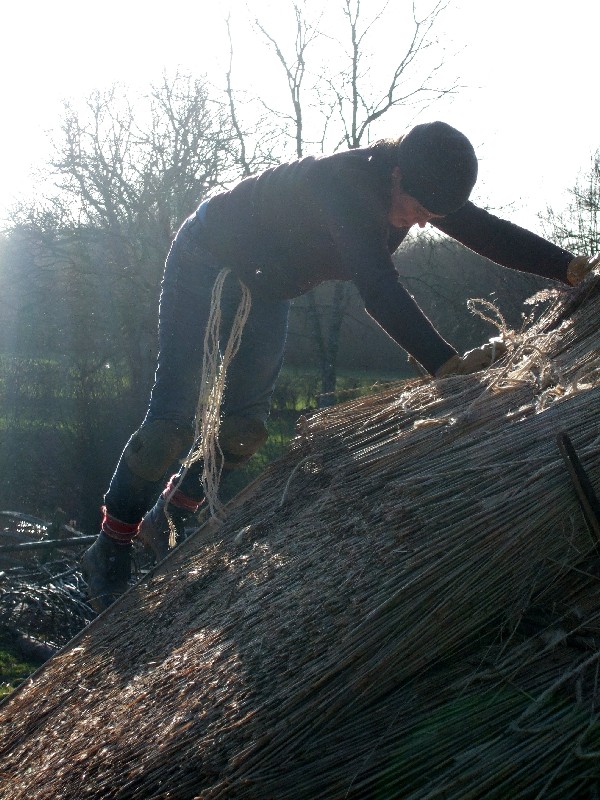

The Iron Age roundhouse at Michelham Priory, Sussex: replacing roof beams and re-thatching.
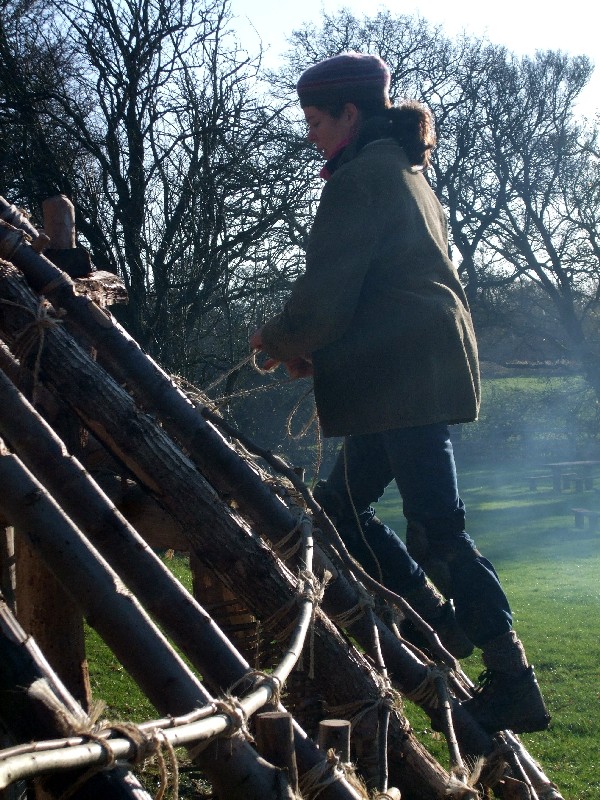
Way earlier than the Iron Age, the oldest known fibres used by early hominids are of twisted plant fibres, and point to cordage-making. Microscopic, and dated at more than 90,000 years old, they were discovered during excavations in a cave in France, inhabited by Neanderthals. This predates the arrival of Homo sapiens in Europe.

The Antrea net, the oldest known fishing net in the world, which is made from twined willow bast, is dated to 8,300 BC. There’s also the well-known Tyrolean Mesolithic find of Otzi the Iceman with his array of artefacts, including footwear, made from twined lime bast in this photo.
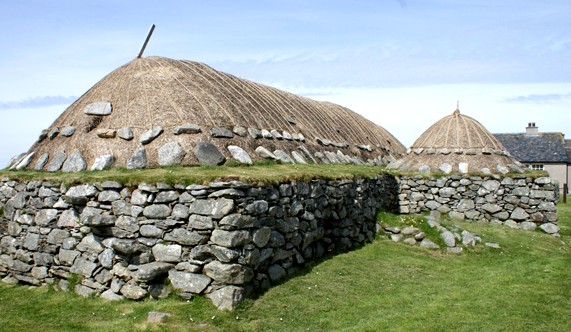
Ropes are sometimes used for tying down thatched roofs, weighted with stones. In the Shetland Isles and the Outer Hebrides fishing nets were traditionally used, as you can see here in the photo of the Arnol Blackhouse, on the Isle of Lewis. I believe rope made from heather was also used for this purpose.
In agricultural settings on the UK mainland, straw rope was, historically, used for various purposes. Today, wheat straw that’s long enough to make rope (and be useful for thatch) is hard to come by, only grown by a few specialist farmers.
Straw rope was sometimes used to tie down the thatch on corn ricks. By the time the threshing machine would have come to the farm, a few months after harvest, rats would’ve found fallen grains and taken up residence in the rick. My Dad remembers, in the late 1930’s, the frenzied excitement of the farm dogs (jack russells) on my grandfather’s farm, desperate to catch any rat that scarpered from the rick as it was dismantled for threshing.
Here at Wakehurst I’m making rope from freshly cut hay, mindful of the long tradition behind me.
